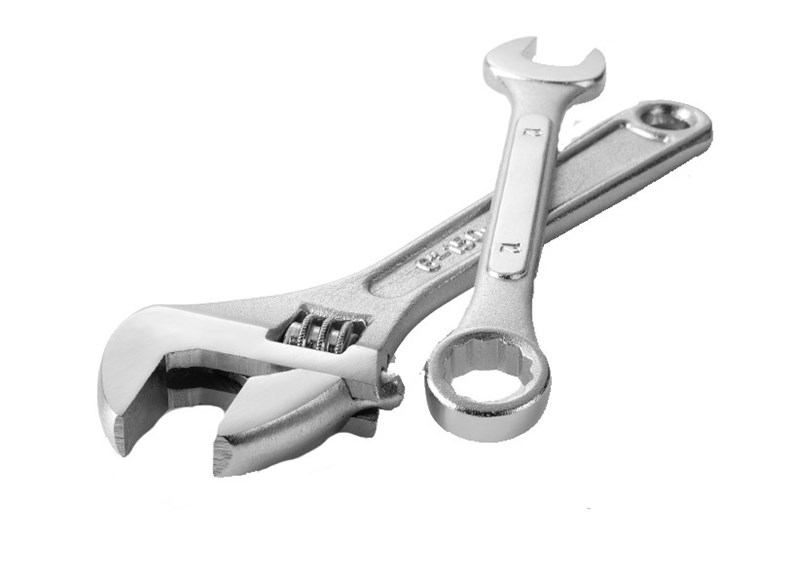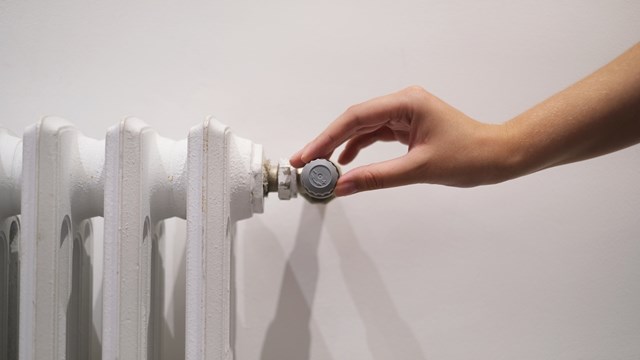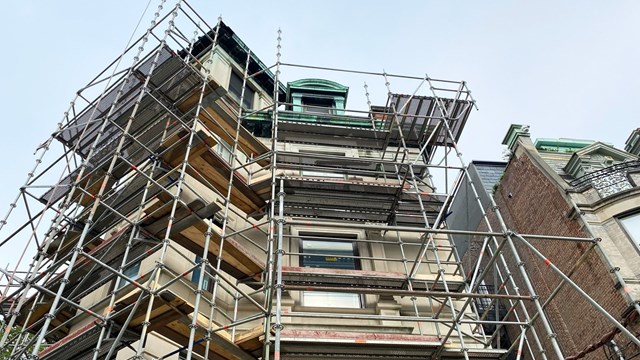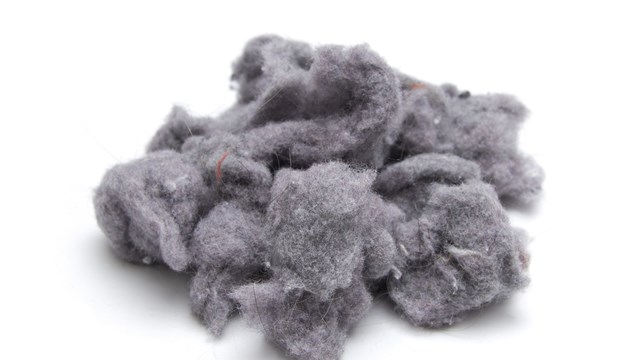No, your steam lines are not supposed to be noisy. The Beatles are considered to be among the best musicians of all time. But the cacophony you get from noisy steam lines is far from considered music at all.
So what is causing the noise within my steam system? It can be any number of factors.
Often, it is a litany of factors largely related to poor operation, maintenance, and the design of your steam heating system.
Let’s look at some of the reasons you can have steam hammer and pipe banging:
l. The pipes are not pitched properly. Condensate is supposed to go downhill by gravity to return to the steam boiler. I have seen cases where a pipe hanger has broken, resulting in a sag in the steam line where the condensate has collected; the steam comes down the steam line, and bangs the condensate to the end of the line where is makes a thud against the hard stubborn steel.
2. The steam pressure is set too high. If you set the steam pressure above about 2 psi, the condensate can back up in the return line, and if the return line is just several feet above the water line in the boiler, one can have water hammer in that return line. If the steam pressure is too high, set it much lower. The lower the steam pressure, the less the pipes will knock. You will also save energy by lowering the steam pressure.
3. The condensate lines are clogged and are preventing condensate from returning to the boiler. A friend of mine told me about this problem. One side of the building was not getting heat due to blocked condensate return lines. Once he opened up the condensate lines and cleaned the 75 years of accumulated rust from the line, the pipe knocking problem went away.
4. The steam traps have failed in the two pipe steam heating system. Since the traps are now open, steam is flowing into the condensate return lines, causing the condensate to be pushed along into waves down the pipe.
Unfortunately, steam is not emotional. It follows the laws of physics. You need to replace all of the thermostatic traps at the end of each radiator. You cannot pray that this problem will do away on its own. You must spend money from your co-op or condo budget to fix the problem.
5. You have dirty boiler water. Because the water chemistry of the water is poor, condensate is being thrown up the steam lines along with the steam. You will need to dump the boiler water and clean the internals of the boiler using boiler water cleaning compounds. You will need to institute a program of treating the water in the boiler to keep the pH between 8.0 and ll.0 to prevent condensate from being lifted out of the boiler into the steam lines.
6. You have uninsulated steam lines. Steam is condensing along the line, and the condensate is causing the steam hammer. In order to solve the problem, you need to insulate the stream lines. For the proper amount of insulation, refer to the 2010 New York State Energy Conservation Construction Code.
7. One pipe radiators that are partially open. If the valve is not fully open, the condensate is getting in the way of the steam trying to get into the radiator. This problem is usually restricted to individual radiators.
8. If you replace a boiler, make sure that the water line is in at the proper height. If you change the level of a water line, a dry return line can turn into a wet line that will knock depending on the boiler stream pressure.
9. A long nipple at the Hartford Loop connection. I once saw this problem. The long nipple gives the returning condensate a "runway" to smash into the equalizer as the steam bubbles rising up the equalizer condense. It took me a long time to explain to the owner of the building why this problem was causing the pipe knocking.
10. Someone used concentric reducers instead of eccentric reducers where the main steam lines changes size. I see this problem in about 5 percent of the steam systems that I inspect for owners. The only way to solve this problem is to replace the reducers on the steam lines, which can be expensive.
Every steam heating system is different. Your system could have one of the above causes for the water hammer problem, or several causes.
If you want your residents to stop complaining about the water hammer problem, you need to identify the exact causes, and get them taken care of.
Water hammer is not normal. I have seen steam heating systems that are as quiet as a mouse.
Daniel Karpen is a licensed professional engineer specializing in energy conservation and environmental consulting. He is based in Huntington, New York







7 Comments
Leave a Comment